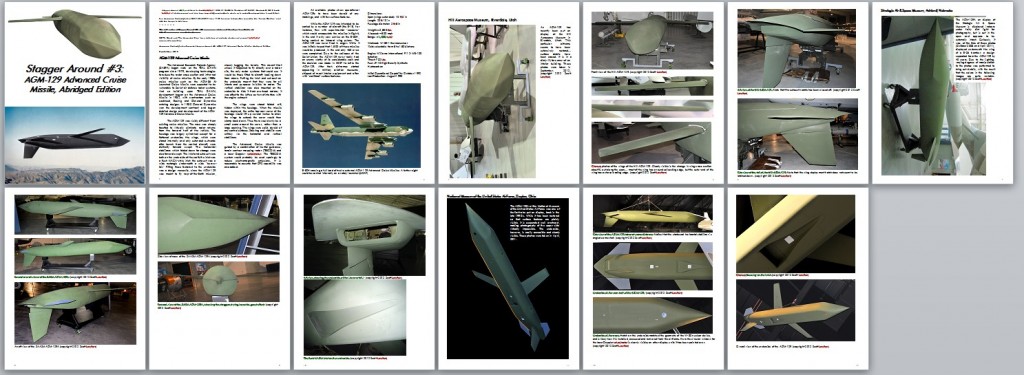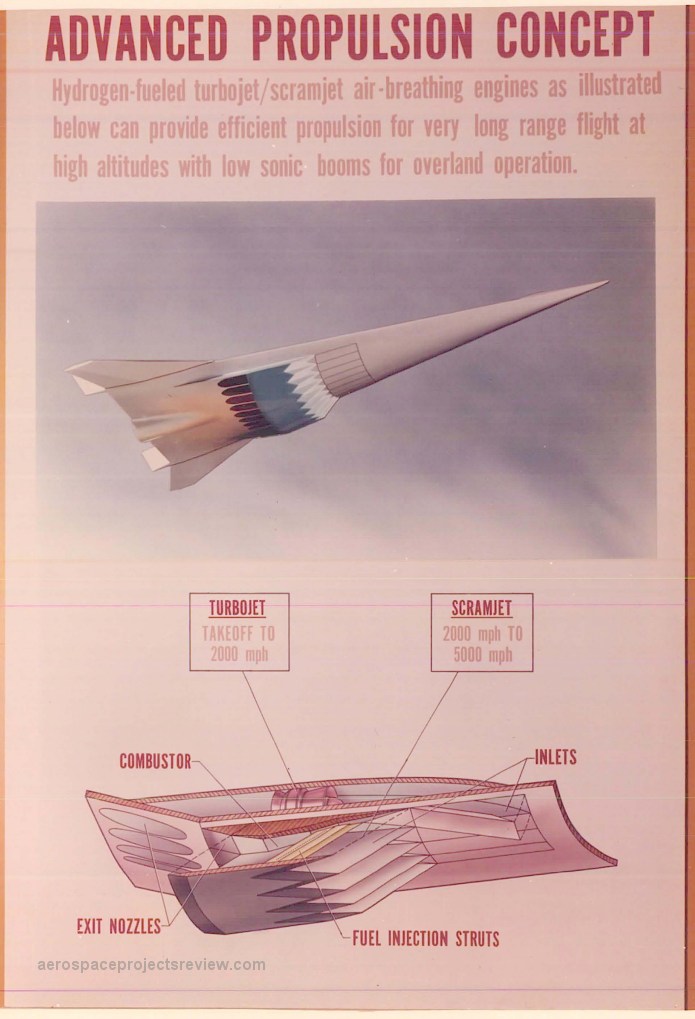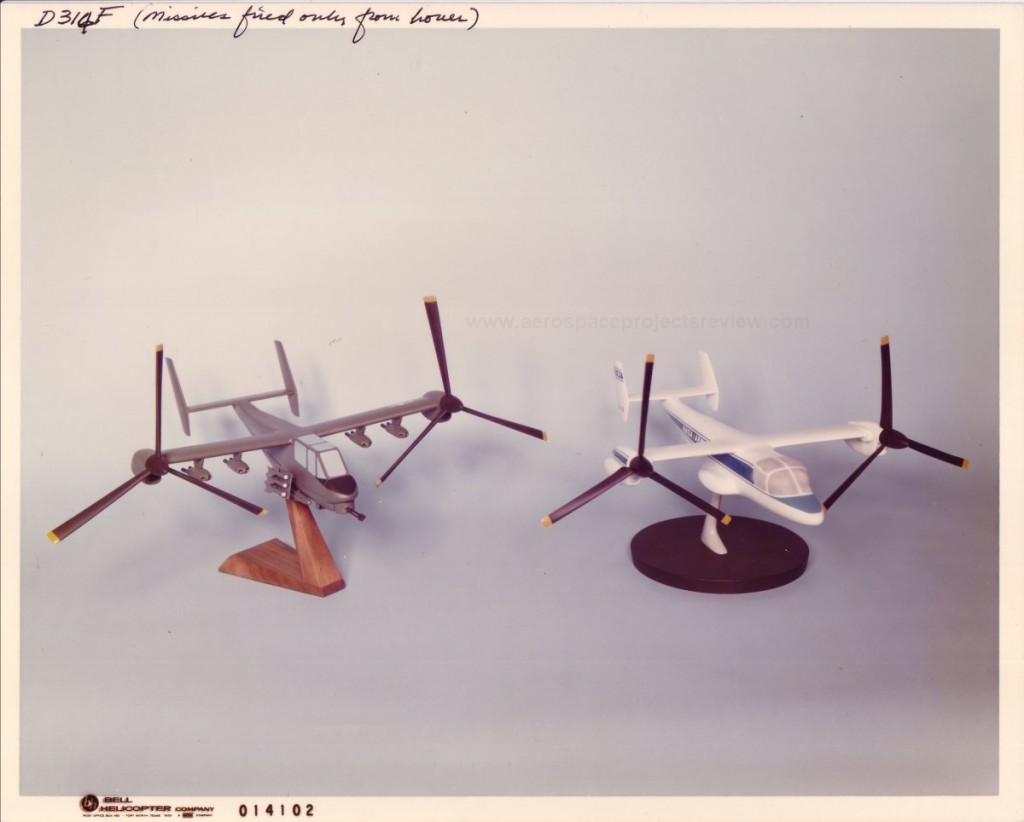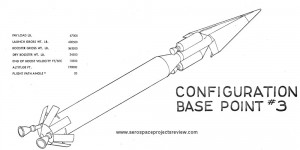Literally years in the making, I’ve put together two versions of a photo essay of several surviving examples of the AGM-129 Advanced Cruise Missile. Available free for the downloading is Stagger Around #3: AGM-129 Advanced Cruise Missile, Abridged Edition as a 13 page PDF booklet. This contains photos of the AGM-129s on display at Hill Aerospace Museum in Utah, the USAF Museum in Dayton and the Strategic Air & Space Museum in Nebraska, ready to print.
Also available is Stagger Around #3: AGM-129 Advanced Cruise Missile, Full Edition. This 34-page edition includes more photos of these missiles, along with the missile at the San Diego Aerospace Museum restoration facility, a rare General Dynamics display model, official USAF photos of the AGM-129 in test and in service and drawings of the missile, including 1/32 scale layout diagrams. This is available through MagCloud, either as a downloadable PDF ($5.75) or as a professionally printed and bound edition ($11.80).
Don’t forget to check out my other MagCloud publications, including Justo Miranda’s Reichdreams Dossiers, Aerospace Projects Review, Historical Documents, and Photographing Stuff.
And don’t forget to check out Stagger Around #1, F-104A Starfighter, and Stagger Around #2, Starship Enterprise.
NOTE:
If you liked this and want to see more like it… feel free to toss fifty cents, a buck, a hundred bucks, whatever, my way. Think of it as a donation to a worthy cause. Or a bribe. Whatever you’re more comfortable with.














